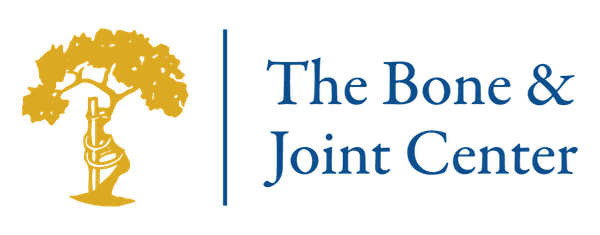Percutaneous Disc Nucleoplasty
Click the white PLAY button to start video.
Intervertebral discs are cushion-like structures that are located between the bones that make up the spine. Under certain conditions, the discs can bulge and cause back pain. Percutaneous disc nucleoplasty is a minimally invasive procedure used to reduce the pressure inside a disc to relieve pain. Because no incision is used, the recovery time is shorter and easier than with traditional open surgery methods.
Read more about Percutaneous Disc Nucleoplasty
Introduction
Anatomy
Discs are made out of strong connective tissue. Their tough outer layer is called the annulus fibrosis. The center of each disc, the nucleus pulposus, is cushion-like because it is mostly fluid.
Causes
Disc problems are more common among people that are middle-aged. Older adults are at the greatest risk for herniated discs because of decreased disc water content. Other risk factors include being overweight and smoking. Using poor body posture when lifting or performing repetitive strenuous activities can also cause discs to bulge or rupture.
Symptoms
Diagnosis
There are several treatments for disc problems. A minimally invasive procedure called Percutaneous disc nucleoplasty can be appropriate for discs that have bulged but have not ruptured. Your doctor will let you know if you are a candidate for percutaneous disc nucleoplasty.
Treatment
To begin, your doctor will use a live X-ray image (fluoroscope) to guide a thin tube-like cannula to the bulging disc. Next, a narrow radiofrequency device is inserted through the cannula. The device transmits radio waves that dissolve small areas of the nucleus pulposus. In turn, this creates space for the nucleus’ contents to spread into, reducing pressure in the disc and decreasing the disc bulge. When the procedure is complete, the cannula and radiofrequency devices are removed. Because a tiny incision is required for this procedure, there are no stitches and the insertion point is simply covered with a small bandage.
You should have another person drive you home if you received relaxation medication. Most people need about a day of bed rest following a percutaneous disc nucleoplasty. Physical therapy typically follows the procedure. Recovery from percutaneous disc nucleoplasty is individualized. People typically return to their prior activity levels within one to six weeks.

Copyright © - iHealthSpot Interactive - www.iHealthSpot.com
This information is intended for educational and informational purposes only. It should not be used in place of an individual consultation or examination or replace the advice of your health care professional and should not be relied upon to determine diagnosis or course of treatment.
The iHealthSpot patient education library was written collaboratively by the iHealthSpot editorial team which includes Senior Medical Authors Dr. Mary Car-Blanchard, OTD/OTR/L and Valerie K. Clark, and the following editorial advisors: Steve Meadows, MD, Ernie F. Soto, DDS, Ronald J. Glatzer, MD, Jonathan Rosenberg, MD, Christopher M. Nolte, MD, David Applebaum, MD, Jonathan M. Tarrash, MD, and Paula Soto, RN/BSN. This content complies with the HONcode standard for trustworthy health information. The library commenced development on September 1, 2005 with the latest update/addition on February 16, 2022. For information on iHealthSpot’s other services including medical website design, visit www.iHealthSpot.com.

